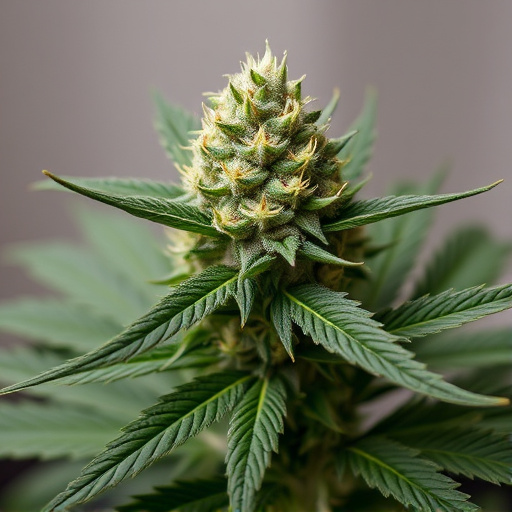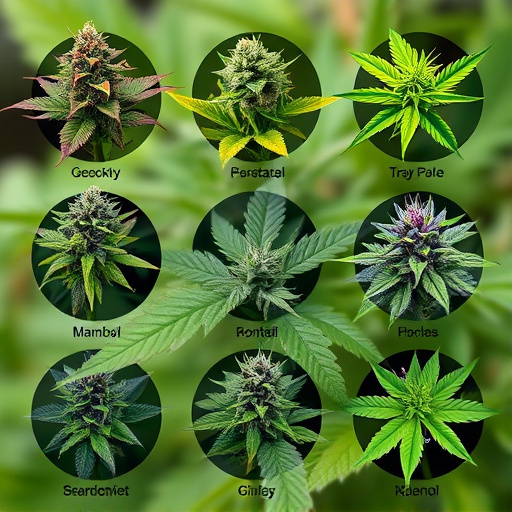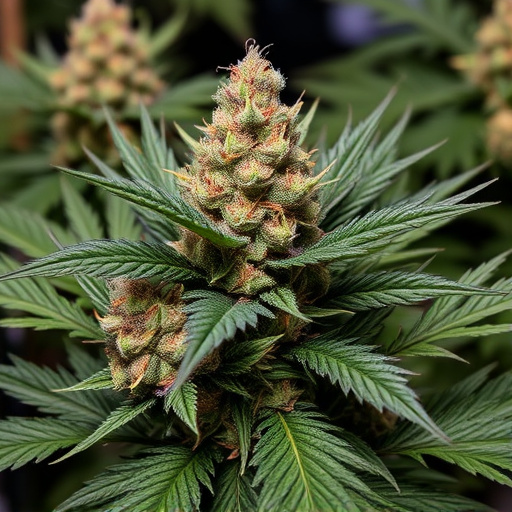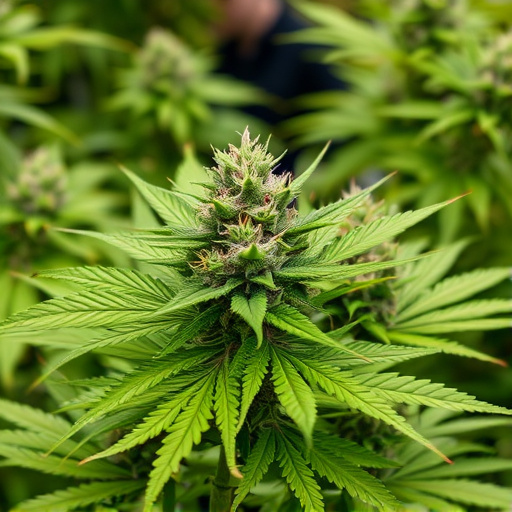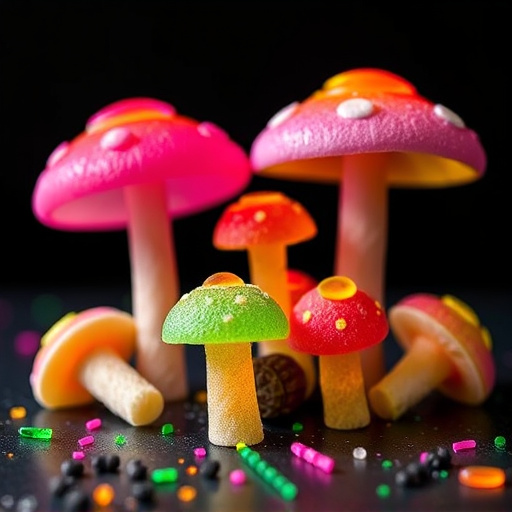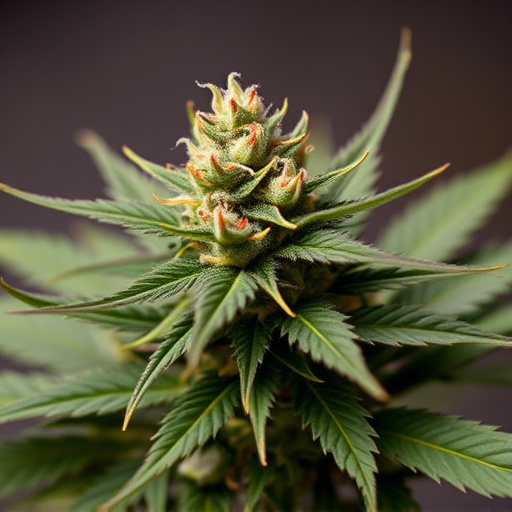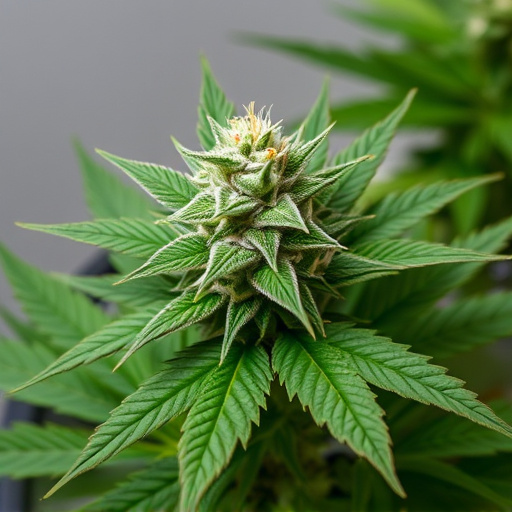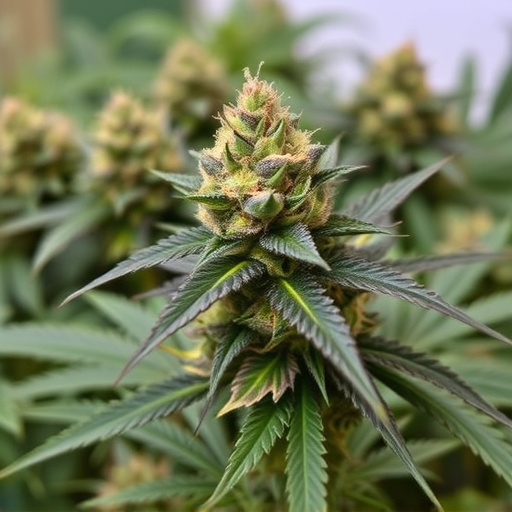Cannabis metabolism and elimination vary based on compounds (THC, CBD), individual factors (metabolic rate, frequency of use, dosage) and health conditions. THC is detectable in urine for up to several days, while regular users or older individuals may retain it for longer (up to 30 days). Best tasting cannabis strains with higher THC content can extend detection time due to increased bioavailability. Laboratory tests using chromatography and spectrophotometry detect cannabinoids down to parts per billion, accounting for individual variations in detection windows.
Discover how long cannabis remains detectable in your system. This comprehensive guide explores the science behind cannabis metabolism and elimination, delving into factors influencing detection time, from strain potency (even among best tasting cannabis strains) to individual metabolisms. Learn about testing methods used to determine cannabinoid levels, offering insights for understanding your system’s unique cannabis clearance timeline.
- Understanding Cannabis Metabolism and Elimination
- Factors Affecting Cannabinoid Detection Time
- Detectable Limits and Testing Methods for Cannabis
Understanding Cannabis Metabolism and Elimination
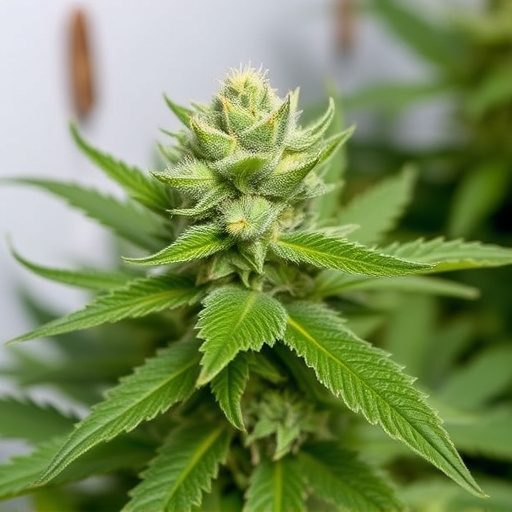
Cannabis metabolism refers to how your body processes and breaks down the compounds present in the plant, while elimination involves the removal of these compounds from your system. The primary active compounds in cannabis are THC (tetrahydrocannabinol) and CBD (cannabidiol). Both substances have different rates of metabolism and elimination, with THC generally having a shorter half-life than CBD. The speed at which these compounds leave your body depends on various factors including metabolic rate, frequency of use, dosage, and individual differences in enzymes responsible for their breakdown.
When you consume cannabis, whether through smoking or ingestion, these compounds enter your bloodstream and are carried to various organs. The liver plays a crucial role in metabolizing THC into 11-hydroxy-THC (11-OH-THC), which is also psychoactive but has a shorter duration of effect. This process helps determine how long cannabis remains detectable in your system, with factors like the best tasting cannabis strains (known for their higher THC content) potentially leading to longer detection times. Elimination typically occurs through urine and bile, with THC’s half-life ranging from 30 hours to several days, depending on individual metabolism and recent consumption history.
Factors Affecting Cannabinoid Detection Time
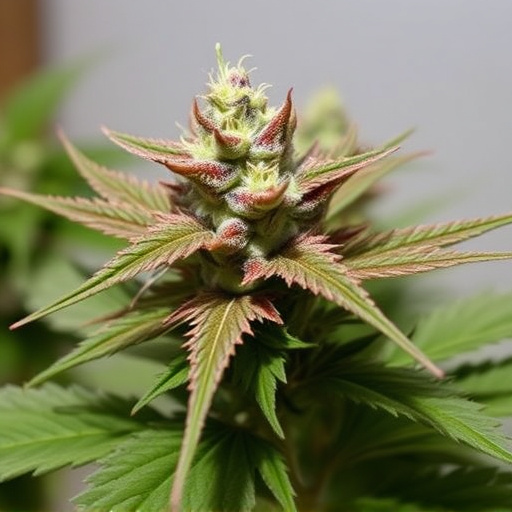
Several factors influence how long cannabis remains detectable in your system, including the type or strain used—for instance, best tasting cannabis strains often contain higher concentrations of THC, which can prolong its presence. The method of consumption also plays a role; edibles, for example, take longer to metabolize than smoked or vaped cannabis. Additionally, individual factors like metabolism, body weight, and frequency of use impact detection times. Regular users may find that cannabis remains detectable for extended periods compared to occasional consumers.
Age is another critical variable, as the body’s ability to process substances naturally declines with age, potentially leading to longer detection windows. Other health conditions and medications can also affect metabolism, altering the time it takes for cannabinoids to clear from your system. Understanding these factors helps users set realistic expectations regarding cannabis’s detectable period, especially when considering its use in varying legal contexts.
Detectable Limits and Testing Methods for Cannabis
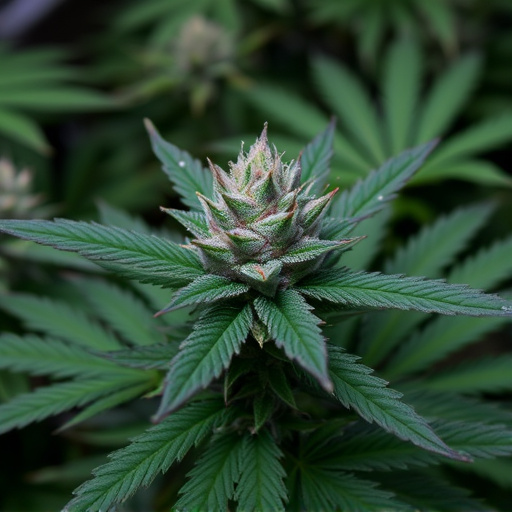
Detectable limits and testing methods play a crucial role in understanding how long cannabis remains in your system. The presence of cannabinoids, primarily THC (tetrahydrocannabinol) and CBD (cannabidiol), is typically measured through various testing techniques. These methods include laboratory analysis using chromatography and spectrophotometry, which can detect even trace amounts of these compounds. The sensitivity and accuracy of these tests vary, with some capable of identifying cannabinoids down to parts per billion.
When it comes to detectable limits, the amount of cannabis that remains in an individual’s system after consumption depends on several factors. These include metabolism, frequency of use, and overall health. Studies suggest that THC can remain detectable in urine for up to 30 days after regular usage, while occasional users may have a shorter detection window. When considering the best tasting cannabis strains, it’s essential to note that higher cannabinoid concentrations might also prolong the time these compounds stay in your system due to their increased bioavailability.
Cannabis metabolism varies from person to person, and understanding this process is key to knowing how long cannabis remains detectable. Several factors influence elimination time, including individual biochemistry, method of consumption, and frequency of use. While there’s no one-size-fits-all answer for how long cannabis stays in your system, testing methods have advanced to accurately detect cannabinoids well beyond conventional limits. So, while enjoying the best tasting cannabis strains, remember that responsible usage and understanding the science behind it can help ensure a safe and informed experience.
